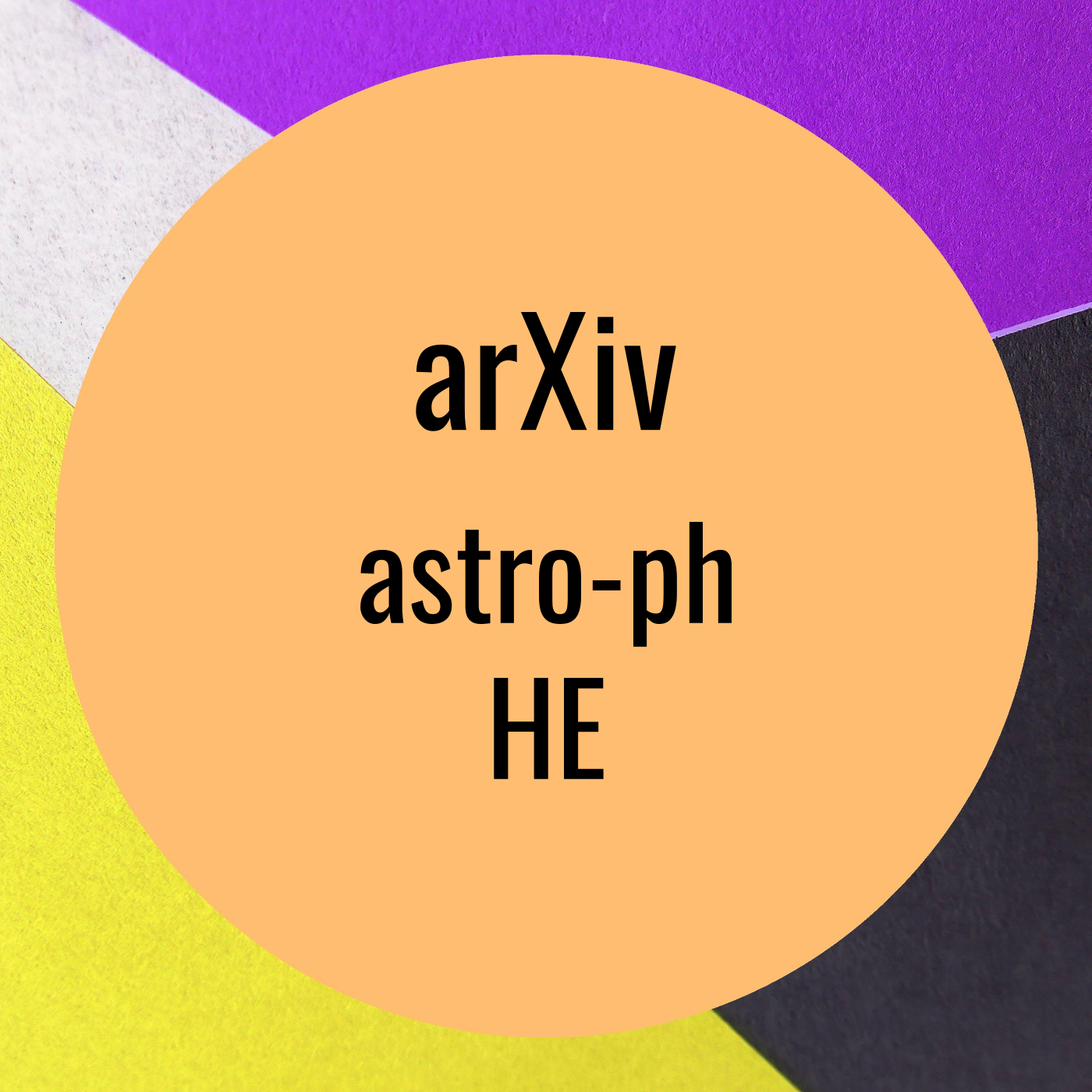Evolutionary Origins of Binary Neutron Star Mergers: Effects of Common Envelope Efficiency and Metallicity
Description
Evolutionary Origins of Binary Neutron Star Mergers: Effects of Common Envelope Efficiency and Metallicity by Monica Gallegos-Garcia et al. on Wednesday 30 November
The formation histories of compact binary mergers, especially stellar-mass
binary-black hole mergers, have recently come under increased scrutiny and
revision. In this paper we revisit the question of the dominant formation
channel and efficiency of forming binary neutron-star mergers. We use the
stellar and binary evolution code MESA and implement an up-to-date and detailed
method for common envelope and mass transfer. We preform simulations for donor
masses between 8-20 solar masses with a neutron star companion of 1.4 and 2.0
solar masses, at two metallicities, using varying common envelope efficiencies,
and two prescriptions for electron-capture supernovae. In contrast to the case
of binary-black hole mergers, for a neutron star companion of 1.4 solar masses,
all binary neutron star mergers are formed following a common envelope phase,
while for a neutron star mass of 2.0 solar masses we identify a small subset of
mergers following only stable mass transfer if the neutron star receives a
large natal kick. Regardless of neutron star companion mass, we find that large
supernova natal kicks are favored in the formation of binary neutron star
mergers, and find more mergers at subsolar metallicity compared to solar.
arXiv: http://arxiv.org/abs/http://arxiv.org/abs/2211.15693v1
More Episodes
Hard X-ray Observations of the Hydrogen-poor Superluminous Supernova SN 2018hti with NuSTAR by Igor Andreoni et al. on Wednesday 30 November
Some Hydrogen-poor superluminous supernovae are likely powered by a magnetar
central engine, making their luminosity larger than common supernovae....
Published 11/30/22
Fundamental physics with neutron stars by Joonas Nättilä et al. on Wednesday 30 November
Neutron stars are rich laboratories of multiple branches of modern physics.
These include gravitational physics, nuclear and particle physics, (quantum)
electrodynamics, and plasma astrophysics. In this...
Published 11/30/22
Published 11/30/22


